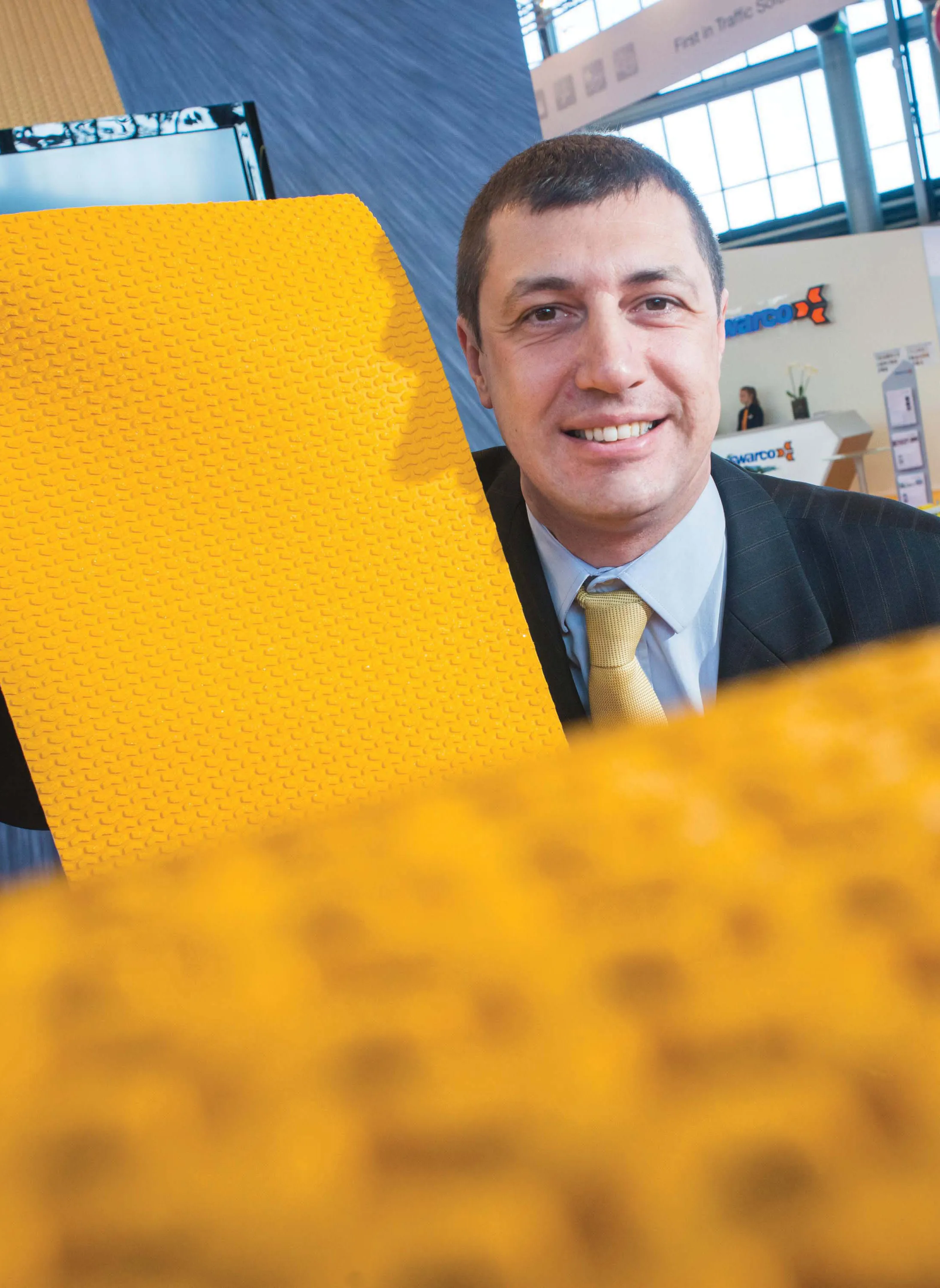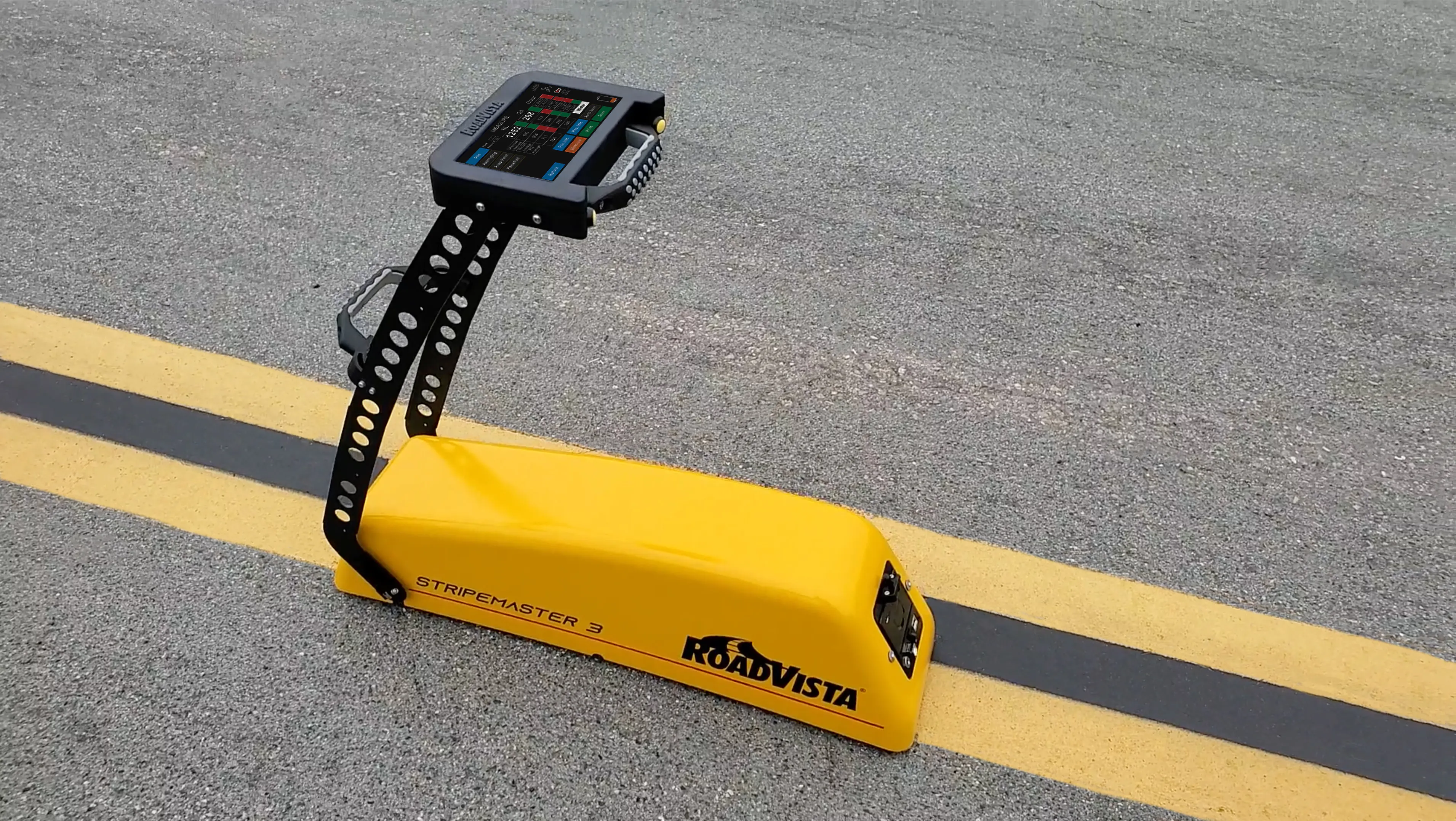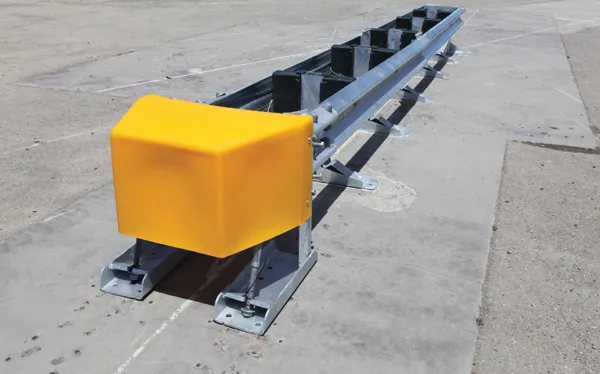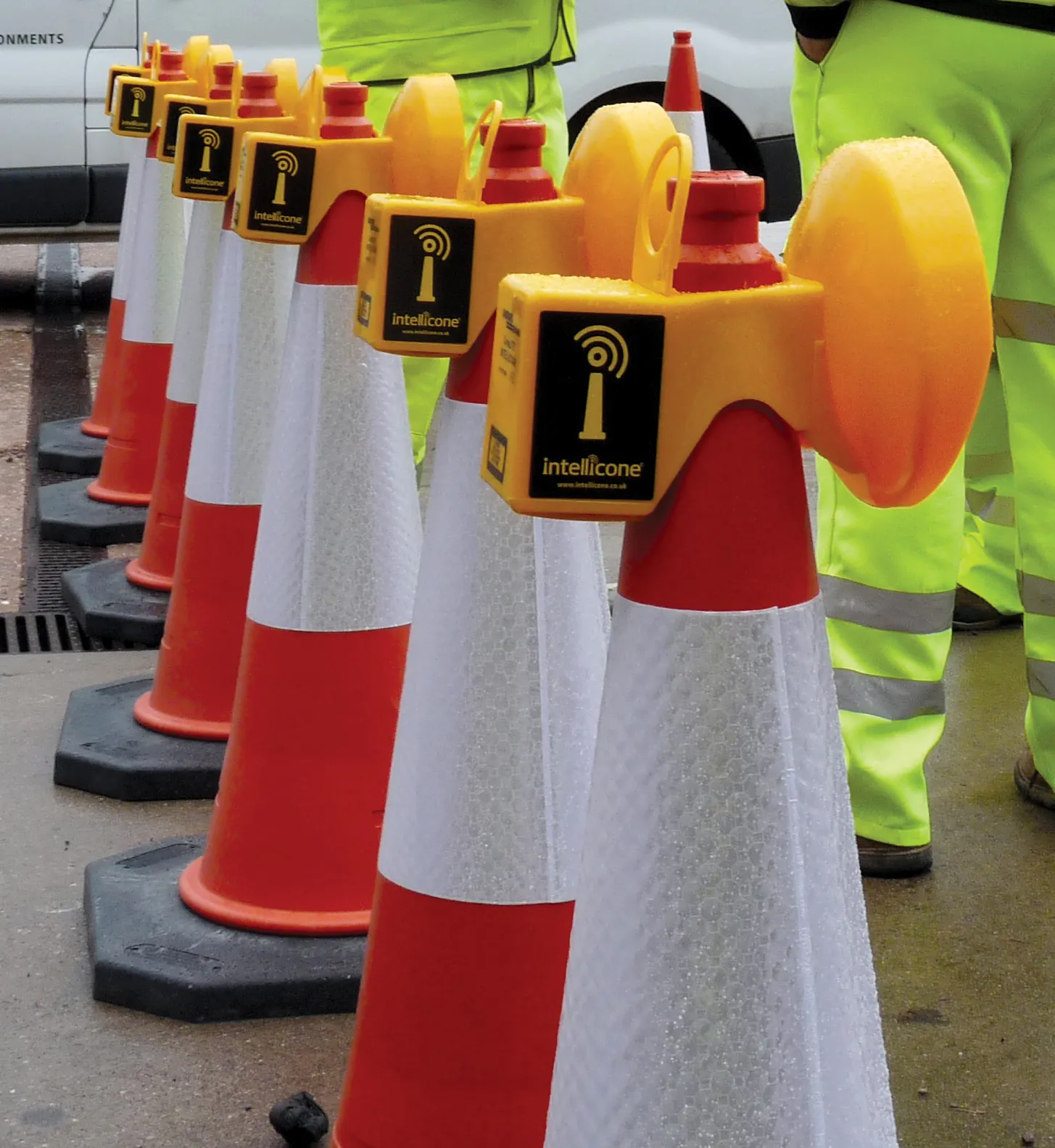The novel Tuff Curb system developed in the US offers a durable, high performance separator kerb product. The TuffCurb system can be used in conjunction with the range of spring-mounted posts and signs from Impact Recovery Systems. Highly versatile this kerbing system is said to be easy to install and can be used for curves, medians, edge lines, work zones and rail crossings.
February 7, 2012
Read time: 2 mins
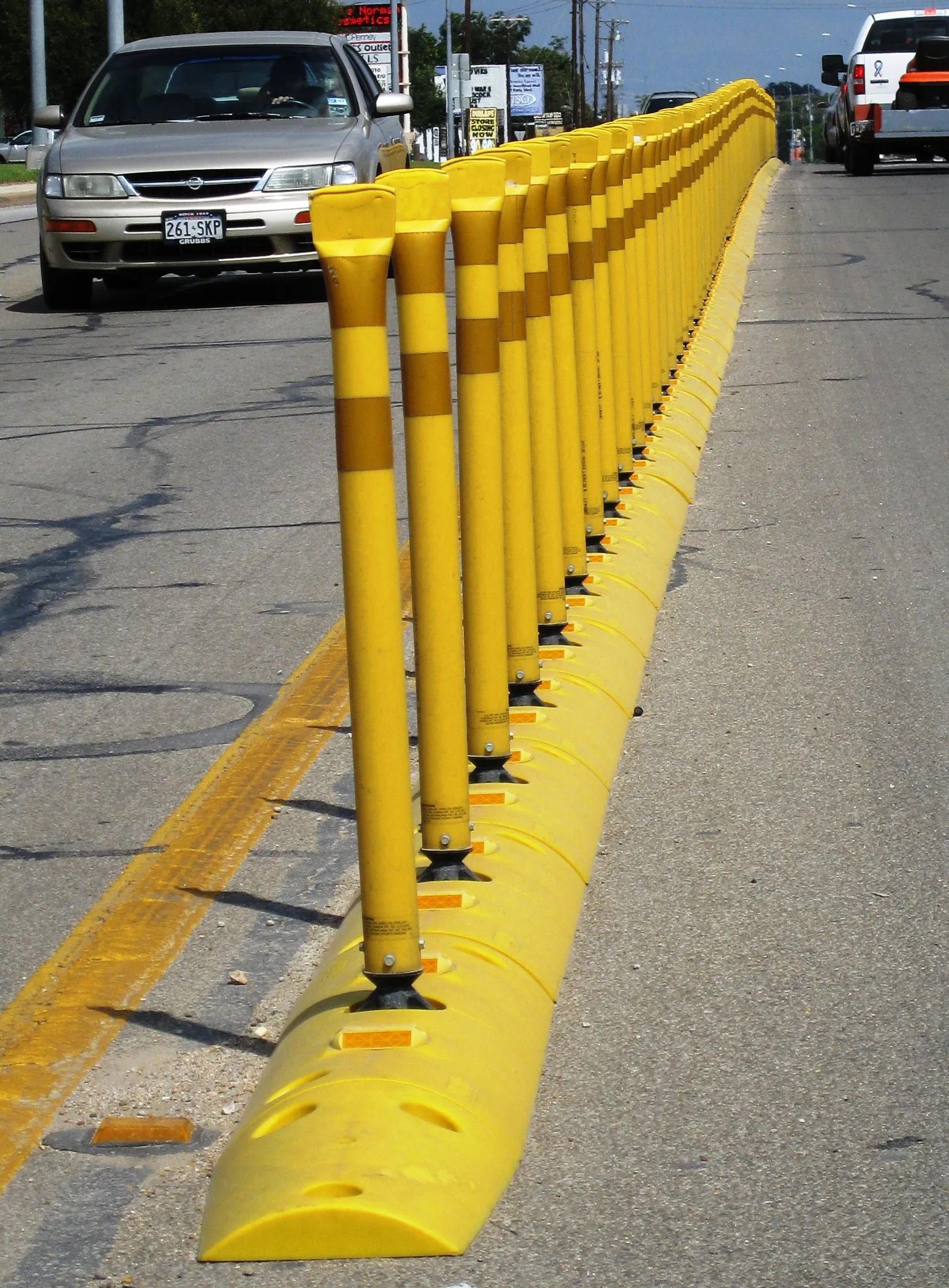
The novel Tuff Curb system developed in the US offers a durable, high performance separator kerb product. The TuffCurb system can be used in conjunction with the range of spring-mounted posts and signs from 2336 Impact Recovery Systems. Highly versatile this kerbing system is said to be easy to install and can be used for curves, medians, edge lines, work zones and rail crossings. The Tuff Curb sections have been tested by the 2347 Texas Transportation Institute. Measuring 1.02m long the units are made of durable polyethylene and feature the IRS quick release system, which is designed to allow upright installation/replacement in less than 5 seconds. The end caps measure 457mm long and should be used at the beginning and end of installation. The units feature an innovative rib design underneath that helps transfer load to the road and reduces the stress on the mounting hardware. This unit gives on impact and is then designed to re-orientate the panel towards traffic.
A wide variety of approved upright sections are available and these are offered in yellow or white for high visibility, although other colours are available if requested. No special tools or pins are required for installation while there is no need for scuppers to catch debris that can impede water flow and placing the units 12-25mm apart allows rain water to pass freely without build-ups occurring. In addition to two raised pavement markers, which come standard on each curb section, the firm recommends the use of a tubular marker, delineator or sign on each section to maximise visibility to motorists.
A wide variety of approved upright sections are available and these are offered in yellow or white for high visibility, although other colours are available if requested. No special tools or pins are required for installation while there is no need for scuppers to catch debris that can impede water flow and placing the units 12-25mm apart allows rain water to pass freely without build-ups occurring. In addition to two raised pavement markers, which come standard on each curb section, the firm recommends the use of a tubular marker, delineator or sign on each section to maximise visibility to motorists.


